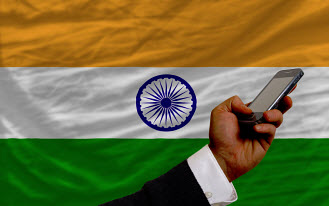The company is hoping it will be the shopping cart of choice for completing sales on behalf of retailers.
PopSugar Inc. is now setting its sights on the creation of a form of universal mobile commerce shopping cart that would make it possible for consumers to make their purchases of fashion products through any retailer, all in one digital basket.
The focus on the company’s content has been greatly aimed toward the female market.
As of yet, PopSugar has managed to generate considerable affiliate marketing revenues by way of its ShopStyle business, which provides women with a specialized mobile commerce shopping engine through which they can purchase clothing and accessory products. PopSugar acquired that product in 2007 and managed to drive revenues topping $1 billion for its retail partners in 2015. This, according to the data shared by the founder and CEO of the company, Brian Sugar.
As of April, the mobile commerce experience through PopSugar’s ShopStyle will undergo a major change.
 Currently, shoppers use it to find what they want, at which point they are redirected to the retailer websites in order to complete their purchases. After April, users of the m-commerce platform will be able to complete a profile, including their payment information, so they can make purchases all in one place, even when their orders are from any number of dozens of different participating fashion retailers. These will all occur by way of the mobile app and website from ShopStyle.
Currently, shoppers use it to find what they want, at which point they are redirected to the retailer websites in order to complete their purchases. After April, users of the m-commerce platform will be able to complete a profile, including their payment information, so they can make purchases all in one place, even when their orders are from any number of dozens of different participating fashion retailers. These will all occur by way of the mobile app and website from ShopStyle.
This move is helped to transform the mobile shopping experience it provides from directing people to the right places, to become an actual marketplace-like location where they can conduct all their transactions without ever having to leave. In order to make this process even easier, PopSugar acquired Cosmic Cart, a mobile shopping technology business. That purchase was made in November 2015.
The current commission that PopSugar gains from every purchase made after a customer has travelled through their mobile commerce experience in order to buy something on a retail site is around 15 percent. It appears as though that agreement will be remaining the same when the new version of ShopStyle is launched, in April.

 That said, while speaking on ART (Adjudication, Regulation, Telecommunication) of Convergence at a TDSAT seminar, he also shared that the differential tariff was also helpful to areas other than
That said, while speaking on ART (Adjudication, Regulation, Telecommunication) of Convergence at a TDSAT seminar, he also shared that the differential tariff was also helpful to areas other than 